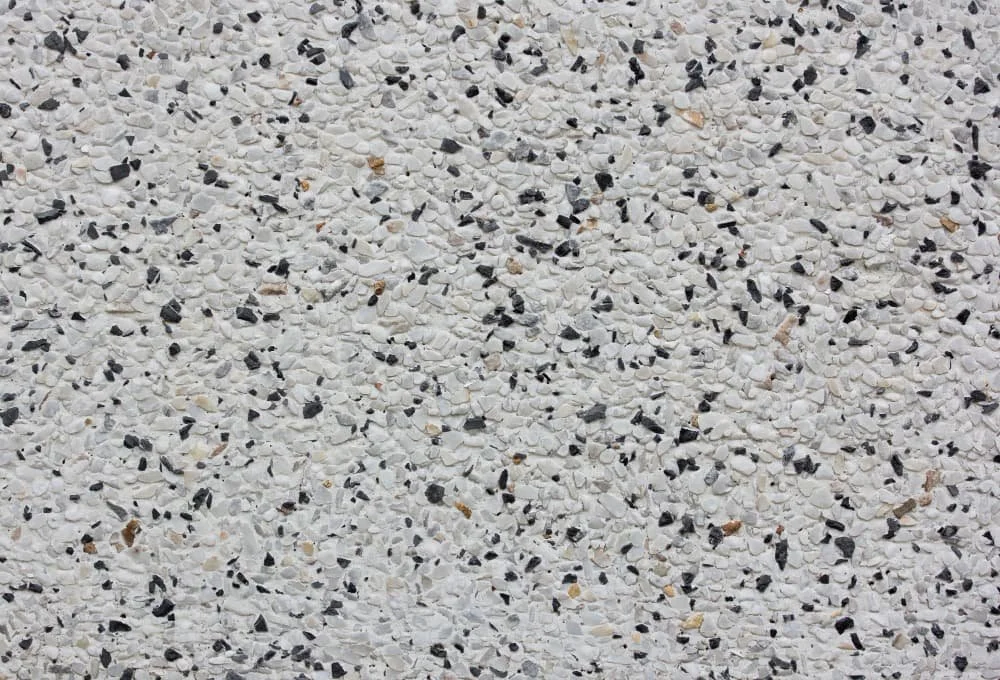Step into the Style: Flooring with Polyaspartic Coating
When it comes to coating floors, there are a plethora of options to choose from. But, in recent years, polyaspartic has gained immense popularity among homeowners and commercial property owners. It is a type of floor coating that offers numerous benefits over traditional coatings such as epoxy. In this blog post, we will dive deep into the world of polyaspartic floor coatings, exploring its advantages, disadvantages, application instructions and much more.
Step-by-Step Guide: How to Apply Polyaspartic Floor Coating Like a Pro
Before we delve into the advantages and disadvantages of polyaspartic flooring, it is essential to understand how it is applied. The process of applying polyaspartic coatings is quite similar to epoxy coatings.
The first step is to prepare the surface for coating. It involves cleaning, smoothing and drying the surface.
Next, the primer is applied, followed by the base coat and topcoat.
The process may vary slightly depending on the manufacturer's instructions.
However, one significant difference between polyaspartic and epoxy coatings is that polyaspartic coatings cure much faster. While epoxy coatings take several days to cure, polyaspartic coatings can cure in just a few hours, depending on the temperature and humidity of the environment.
Top 5 Benefits of Polyaspartic Flooring You Need to Know
Durability: One of the most significant advantages of polyaspartic floor coatings is their durability. Polyaspartic coatings are highly resistant to abrasion, impact and chemicals, making them an ideal choice for industrial and commercial settings.
Quick Installation: As mentioned earlier, polyaspartic coatings cure much faster than epoxy coatings. The installation process is much quicker, reducing downtime for homeowners and commercial property owners.
UV Resistant: Polyaspartic coatings are highly resistant to UV rays. It means they will not turn yellow or fade when sunlight exposes them. That makes them an excellent choice for outdoor surfaces such as patios and pool decks.
Low Maintenance: Polyaspartic coatings are relatively low maintenance. They are easy to clean, and stains and spills get wiped away with a damp cloth or mop.
Versatility: Polyaspartic coatings can comply with various surfaces, including concrete, wood and metal. It makes them a versatile choice for homeowners and commercial property owners.
Potential Drawbacks of Using Polyaspartic You Should Consider
Cost: One of the significant disadvantages of polyaspartic is their cost. Polyaspartic coatings are more expensive than epoxy coatings. However, their durability and quick installation process may make them a more cost-effective option in the long run.
Professional Installation: While some homeowners may choose to install polyaspartic coatings themselves, it is best to hire a professional because the installation process is complicated and mistakes can be costly.
Slippery When Wet: Polyaspartic coatings can be slippery when wet. It can be a concern for homeowners with children or elderly individuals.
Polyaspartic vs. Epoxy: Which Floor Coating is Right for You?
Epoxy and polyaspartic floor coatings often rival as they are both popular options for coating floors. While both coatings offer durability and resistance to chemicals, there are several differences between them.
As discussed earlier, polyaspartic coatings are much faster to install than epoxy coatings and they cure much faster. They are also more UV-resistant and have a higher gloss finish. However, epoxy coatings are generally more affordable than polyaspartic coatings, making them a popular choice for homeowners on a budget.
Beyond Floors: Creative Applications of Polyaspartic Coating You Haven't Considered
While polyaspartic coatings are for floors, they can also be alternatives for a variety of other applications, including:
Countertops: Polyaspartic coatings can be applied to kitchen countertops and bathroom vanities, providing a durable and easy-to-clean surface.
Garage Cabinets: Polyaspartic coatings can be applied to garage cabinets, providing a durable and attractive finish that can withstand the wear and tear of a garage environment.
Concrete Walls: Polyaspartic coatings can coat concrete walls, providing a durable and waterproof finish resistant to mold and mildew.
Swimming Pools: These coatings can coat pool decks and surfaces, providing a slip-resistant and UV-resistant finish.
DIY or Hire a Pro? Pros and Cons of Installing Polyaspartic Coating Yourself
While hiring a professional to install polyaspartic coatings is the best decision, some homeowners may want to install them themselves. If you are considering a DIY installation, here are a few tips to keep in mind:
Proper Surface Preparation: Proper surface preparation is crucial for a successful polyaspartic coating installation. The surface must get cleaned, smoothed and dried before the primer is applied.
Temperature and Humidity: The temperature and humidity of the environment can affect the curing time of polyaspartic coatings. Be sure to follow the manufacturer's instructions regarding temperature and humidity.
Safety Precautions: Polyaspartic coatings contain chemicals that can be hazardous if not handled properly. Be sure to wear gloves, eye protection and a respirator during installation.
Zone Garage: Your Polyaspartic Floor Coating Solution
If you are considering a top-notch polyaspartic floor coating for your home or commercial property, Zone Garage is here to help. We specialize in the installation of high-quality polyaspartic coatings that are durable, low maintenance and attractive. Our coatings are UV-resistant, slip-resistant and available in a variety of colors and finishes. With years of experience in the industry, you can trust us to provide exceptional service and quality products. Contact us today to learn more about our polyaspartic coatings.


